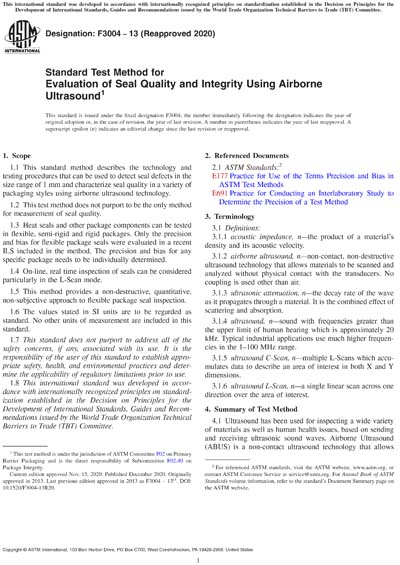
 Electrical Hazard (EH) - This standard covers the shoe’s ability to protect the wearer from electrical shocks. Conduction Rating (Cr) - This standard covers the shoe’s ability to resist the build-up of static charge, which can be dangerous in areas that may contain explosive chemicals. Metatarsal - This standard covers protection of the upper, or metatarsal, region of the foot.
Electrical Hazard (EH) - This standard covers the shoe’s ability to protect the wearer from electrical shocks. Conduction Rating (Cr) - This standard covers the shoe’s ability to resist the build-up of static charge, which can be dangerous in areas that may contain explosive chemicals. Metatarsal - This standard covers protection of the upper, or metatarsal, region of the foot. 
Compression - This standard covers a slower crushing load, such as a vehicle running over the foot.Impact - This standard covers falling objects of varying weights and heights, which may be dropped onto the foot.The following is the list of all dangers covered by the OSHA ASTM standards: Instead, each employer must assess their workplace, decide what PPE is required, and supply it to their employees.
 Standard Labelling - All protective footwear sold as OSHA compliant must be labeled according to a standard format.Įach workplace is different, so not all protective shoes are required to meet all of the standards. Testing Standards - All protective shoes must undergo standardized tests in an independent laboratory to ensure they meet the required physical performance requirements. compression resistance or the maximum amount of weight/pressure that the shoe will protect the wearer from. Performance Requirements - These are the physical performance specifications, e.g. The OSHA standards cover three important aspects of protective footwear: The OSHA used to include standards produced by the American National Standards Institute, or ANSI, but these were replaced by the ASTM for protective footwear standards in 2005. The OSHA incorporates standards produced by an independent nonprofit organization called ASTM International, or simply ASTM. What Standards Are Required for Protective Shoes? This article will look at protective footwear which falls under the PPE standards required by the OSHA. PPE is necessary when workers are liable to be subject to dangers that cannot be avoided by the employer. These standards cover every aspect of the workplace, including Personal Protective Equipment or PPE. The responsibility of the OSHA is to ensure employee safety in the workplace, and the organization accomplishes this task by setting and enforcing a number of relevant standards. In the United States, all work environments are subject to regulation by the Occupational Safety and Health Administration (OSHA), which is a division of the US Department of Labour.
Standard Labelling - All protective footwear sold as OSHA compliant must be labeled according to a standard format.Įach workplace is different, so not all protective shoes are required to meet all of the standards. Testing Standards - All protective shoes must undergo standardized tests in an independent laboratory to ensure they meet the required physical performance requirements. compression resistance or the maximum amount of weight/pressure that the shoe will protect the wearer from. Performance Requirements - These are the physical performance specifications, e.g. The OSHA standards cover three important aspects of protective footwear: The OSHA used to include standards produced by the American National Standards Institute, or ANSI, but these were replaced by the ASTM for protective footwear standards in 2005. The OSHA incorporates standards produced by an independent nonprofit organization called ASTM International, or simply ASTM. What Standards Are Required for Protective Shoes? This article will look at protective footwear which falls under the PPE standards required by the OSHA. PPE is necessary when workers are liable to be subject to dangers that cannot be avoided by the employer. These standards cover every aspect of the workplace, including Personal Protective Equipment or PPE. The responsibility of the OSHA is to ensure employee safety in the workplace, and the organization accomplishes this task by setting and enforcing a number of relevant standards. In the United States, all work environments are subject to regulation by the Occupational Safety and Health Administration (OSHA), which is a division of the US Department of Labour.







 0 kommentar(er)
0 kommentar(er)
